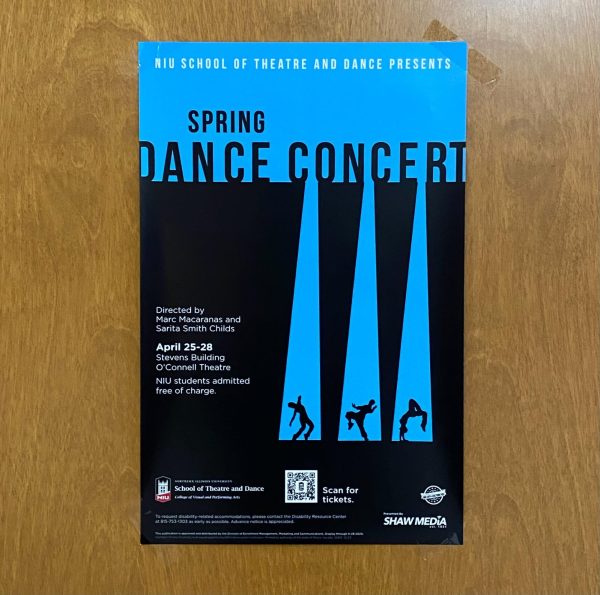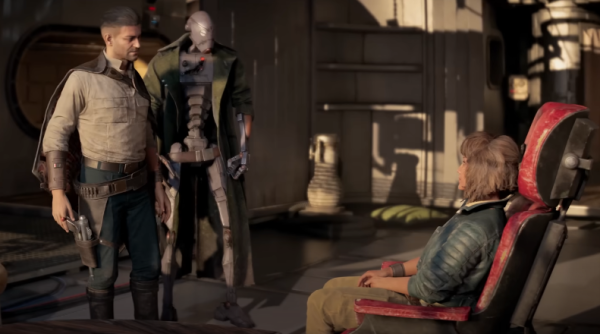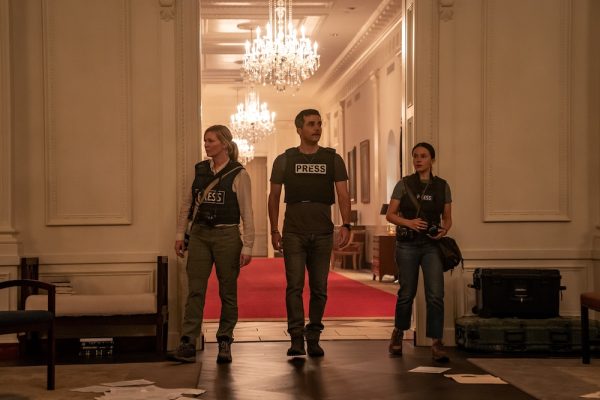‘El Camino’ continues the story of ‘Breaking Bad’
October 17, 2019
After six years since the show “Breaking Bad” ended, the creators and actors of the show resumed its story smoothly without taking away any positive attributes of the show, despite the form of storytelling changing. The opportunity for dramatic cinematography and suitable settings strengthened the “Breaking Bad” story.
“El Camino: A Breaking Bad Movie” picks up Jesse Pinkman’s story, one of the main characters in “Breaking Bad,” after the finale in 2013.
After escaping from captivity, Jesse, played by Aaron Paul, realizes he must come to terms with his past in order to live the future he wishes. This includes seeking guidance from old friends, searching for Walter White, played by Bryan Cranston, and staying low while defending himself from enemies, the film follows his journey towards attaining a better life.
Throughout the movie, the strategic use of lighting and shadows aptly represented the headspaces of characters as well as their current experiences. Without dialogue, warm lighting and shadows told viewers who a character was, and foreshadowed what they may encounter soon without explicitly saying it.
Like lighting, the director and cinematographer succeeded in choosing settings that scream the outcome inside of them, and also visually encapsulate internal feelings.
On the search for Walter White, Jesse goes looking for vacuum stores in the area. The camera cuts to Jesse parking his old Pontiac Fiero in front of a peach colored cement brick wall with the paint chipping in several areas, indicating abandonment. He then gazes at the rundown store ahead of him.
On his yellow page of vacuum stores, he checks another off, failing to find Walter yet again. Walter, in “Breaking Bad,” shared a strong bond with Jesse, as they cooked up crystal meth together and dodged trouble side by side. Not being able to find him in a time of need could stir feelings of loneliness or abandonment, hence the abandoned building in a deserted area.
Although the “Breaking Bad” story continued in movie form, “El Camino” did not take away from the story in anyway, and instead took advantage of the opportunity to utilize elements such as cinematography to strengthen these characters’ stories.
Another impressive component of the movie was how the creators integrated characters who contributed largely to “Breaking Bad,” but passed away in the show.
Jane Margolis, Jesse’s former girlfriend, played by Krysten Ritter, died of an overdose in the show, but nonetheless impacted Jesse’s life forever. Before taking off to Alaska in “El Camino,” Jesse remembers her metaphor of letting the universe take you wherever.
She told him there comes a point when someone has to decide where they go, not the universe.
He proceeds to take off.
Relating a character’s impact into the new story made the two forms of storytelling cohesive, as though the story didn’t come to a halt six years ago. Wherever one character goes, although another chapter has begun, another character will follow.
It felt as though wherever or whenever the story resumes, it will pick up where it left off without taking away or altering the series in anyway.
El Camino translates to “the way,” making it perfect for a film about a man searching for the path to a better life after years of traumatic experiences and addiction.
“Breaking Bad” was an intense show with trouble at every turn. It was reliving to watch Jesse take a cleaner route for the audience.













